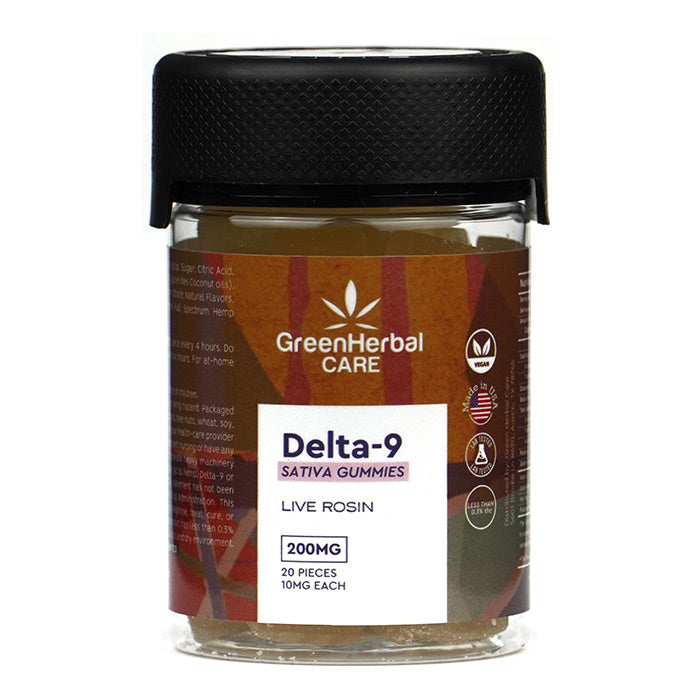Indica, Sativa, and Hybrid. What does it Mean?
There’s a common misconception that different species of Cannabis can cause different effects on the body. Sativas are said to cause a cerebral high while Indicas cause a body high and Hybrids sit somewhere in the middle. Sativa, Indica, and Hybrid actually describe more of the physical properties of the plant rather than the chemical properties. Sativa plants are found in warmer climates and the plant is taller with narrow leaves. Hemp is a Sativa only strain of the cannabis plant. Indicas are found in colder climates, have wider leaves, and are shorter than their Sativa counterpart. Hybrids like the name suggest are a blend of the two different strains and fall in the middle in terms of size and shape. Using the terms Indica, Sativa, and Hybrid is a way to simplify a very complex process to people who may be new to using cannabis products.
So if the strain of the plant doesn’t dictate the effects received… What does?
Cannabinoids and Terpenes
Cannabinoids and Terpenes are the chemicals found within the hemp plant that give us the desired effects. Different ratios of CBD, THC, other cannabinoids, and terpenes determine the effects received after use rather than “strain” of cannabis being used. Your unique physiology will also determine how your body responds to the different compounds. Cannabinoids like CBD and THC can give many physical benefits like: reducing pain, anxiety, and nausea, preventing seizures, increasing appetite, aiding sleep, and relieving muscle tension. But Terpenes long thought to only provide the smell and taste to the plant, researchers have found that they may be just as beneficial as cannabinoids in terms of physical benefits. According to Leafly, the common terpenes are:
Bisabolol. With notes of chamomile and tea tree oil, the terpene bisabolol is thought to reduce inflammation and irritation. It may also have microbial and pain-reducing effects.
Caryophyllene. The peppery, spicy molecule may reduce anxiety, ease symptoms of depression, and improve ulcers.
Linalool. Linalool is said to help improve relaxation and boost mood with its floral notes.
- <
Myrcene. The most common terpene, this earthy, herbal molecule may help reduce anxiety and insomnia so you can sleep better.
Ocimene. This terpene produces notes of basil, mango, and parsley. Its primary effects may include easing congestion and warding off viruses and bacteria.
Pinene. As the name suggests, this terpene produces an intense pine aroma. It may help boost memory, reduce pain, and ease some of the not-so-pleasant symptoms of THC, such as nausea and coordination problems.
Terpinolene. Cannabis with this compound may smell like apples, cumin, and conifers. It may have sedative, antibacterial, and antifungal properties.
Limonene. Bright, zippy citrus notes come from this terpene. It’s said to improve mood and reduce stress.
Humulene. This terpene is deeply earthy and woody, like hops or cloves. Cannabis strains with this molecule may reduce inflammation.
Eucalyptol. With notes of eucalyptus and tea tree oil, this molecule is refreshing and invigorating. It may also reduce inflammation and fight bacteria.
Finding the right strain for you isn’t as intimidating as it may seem! Step into your local Green Herbal Care and our trained staff will assist you and make sure your needs are met!




